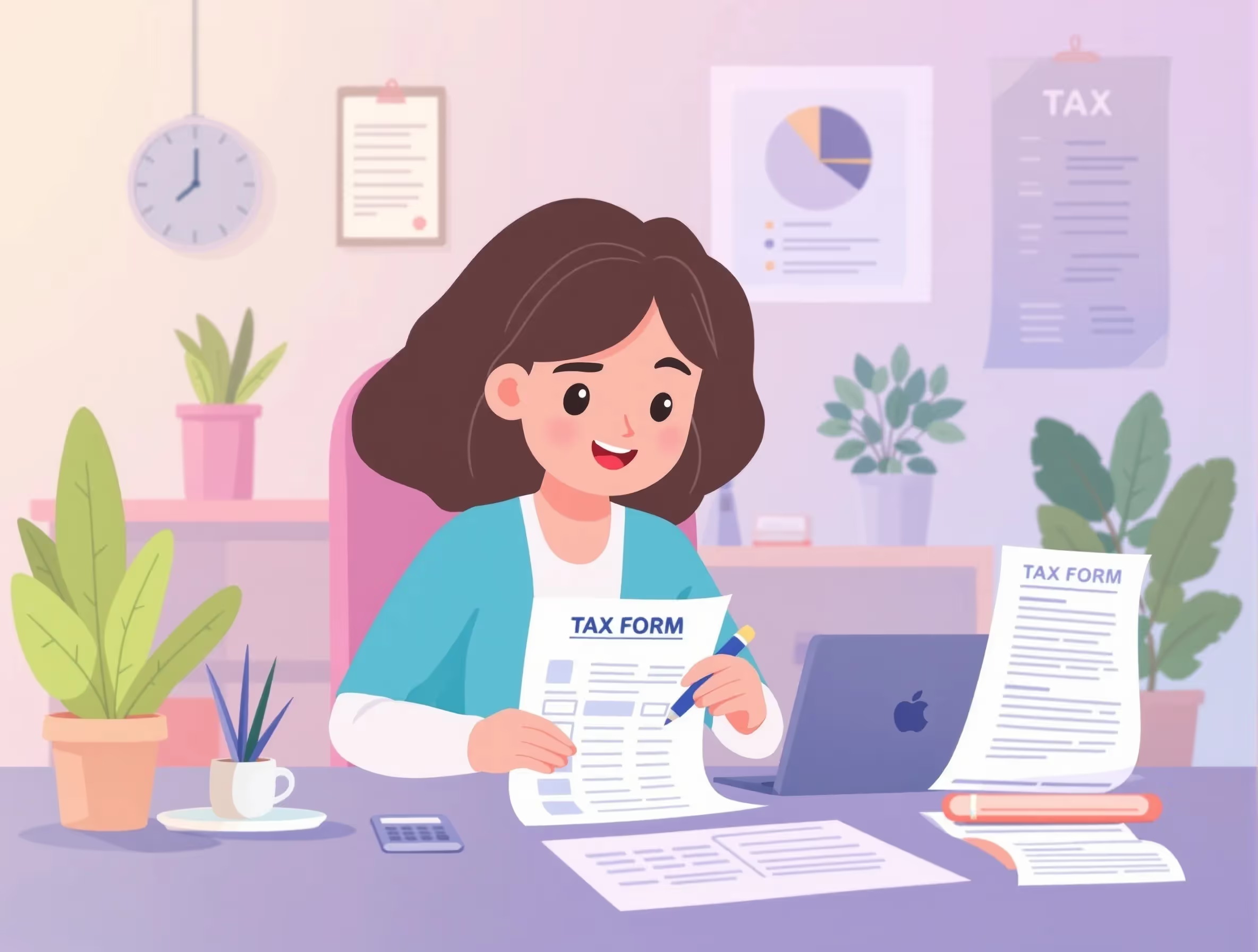
What Form 4868 (2019) Is For?
Form 4868 (2019) allows taxpayers to request an automatic extension of time to file their federal tax return. This filing form provides up to six additional months to prepare and submit required documentation. Taxpayers use the extension form to avoid late-filing penalties when they are unable to complete their returns before the original filing deadline.
Filing Form 4868 applies to individuals who require additional time to complete Forms 1040, 1040-SR, 1040-NR, and related schedules. The federal tax extension does not delay payment obligations; taxpayers must still estimate and pay owed taxes to remain compliant.
When You’d Use Form 4868 (2019)?
Taxpayers use Form 4868 2019 when they need an automatic extension to file their federal tax return. The filing form benefits individuals who are still collecting income documents or verifying deductible expenses. It provides more time to complete accurate records and prevents filing errors caused by missing financial information.
Common Filing Situations
Individuals living abroad, military personnel stationed overseas, and those managing complex tax data often benefit from the extension form. Filing Form 4868 extends the time to file, giving taxpayers until October to complete their returns. The federal tax extension ensures timely compliance with IRS regulations and reduces the stress of filing.
Key Rules or Details for Form 4868 (2019)?
Form 4868 2019 grants an automatic extension of time to file a federal tax return under specific conditions. Taxpayers must follow each requirement carefully to avoid delays in processing their filing form.
- Filing Deadline: All 2019 federal tax extension requests were due on April 15, 2020, and taxpayers had to submit them to qualify for an extension of time.
- Accepted Methods: Taxpayers can e-file Form 4868, submit a paper version through the mail, or make an extension payment electronically to complete the process.
- Payment Expectations: The extension to file did not delay tax payments, and taxpayers were required to pay estimated balances promptly.
- Accuracy Requirement: The IRS required taxpayers to provide reasonable and supportable tax estimates before approving any extension filing.
Step-by-Step (High Level)
Filing Form 4868 2019 requires completing several organized steps to ensure your federal tax extension is accepted. Each step helps confirm that your information is accurate and properly recorded with the IRS.
- Prepare Your Records: Taxpayers must gather income documents, such as W-2s and 1099s, along with necessary receipts, to estimate their 2019 tax liability.
- Estimate and Pay Taxes: Taxpayers should calculate their tax liability for 2019 and pay as much as possible before submitting their extension form.
- Choose Your Filing Method: Taxpayers can e-file Form 4868 electronically, mail a paper form, or submit an online payment through IRS Direct Pay.
- Submit Before the Deadline: Taxpayers should file the extension form by April 15, 2020, and keep confirmation or mailing proof for their records.
Common Mistakes and How to Avoid Them?
Filing Form 4868 2019 gives taxpayers extra time to submit their federal tax returns, yet many still encounter preventable issues. Understanding common mistakes helps ensure the extension form is completed correctly and accepted without complications.
- Confusing the Extension Purpose: The federal tax extension delays filing, not payment, and taxpayers must pay their estimated tax balance on or before April 1.
- Inaccurate Tax Estimates: Providing inaccurate tax estimates can result in the rejection of your filing. To improve accuracy, use prior-year information or the most current records.
- Missing Proof of Submission: Taxpayers should always save electronic confirmations or certified mail receipts to verify compliance with IRS filing requirements.
- Duplicate Submissions: Taxpayers must avoid filing both an e-file form and mailing a paper copy; instead, use only one submission method to ensure accuracy and prevent errors.
What Happens After You File Form 4868 (2019)?
Interest begins accruing on unpaid taxes after April 15, even during the extension period. Paying a reasonable estimate helps minimize interest and additional costs. Once approved, the federal tax extension allows taxpayers to submit their completed returns accurately and remain fully compliant with IRS regulations until October 15. Taxpayers who are unable to pay their full tax liability might consider installment payment plans provided by the Louisiana Department of Revenue as an option to manage their payments.
Interest begins accruing on unpaid taxes after April 15, even during the extension period. Paying a reasonable estimate helps minimize interest and additional costs. Once approved, the federal tax extension allows taxpayers to submit their completed returns accurately and remain fully compliant with IRS regulations until October 15.
Frequently Asked Questions
What is Form 4868 2019 used for?
Form 4868 is an Internal Revenue Service (IRS) document that grants an automatic extension of time to file your individual income tax return. It gives taxpayers up to six extra months to submit personal tax returns, including Form 1040, without facing late-filing penalties.
Who should file Form 4868 for a federal tax extension?
Any U.S. citizen or resident who needs additional time to prepare a complete tax return can file Form 4868. This includes individuals filing jointly, those with self-employment income, and taxpayers stationed in military or naval service.
Does the extension delay tax payments?
No, the automatic extension only extends the time to file, not to pay taxes. You must estimate your total tax liability and make an estimated tax payment to avoid penalties or interest.
How do I submit the extension form?
You can e-file Form 4868 using approved IRS software or mail a paper filing form. The filing deadline for the 2019 tax year was originally April 15, 2020, but was later extended to October 15, 2020.
What happens if I miss the regular due date?
Failing to request an extension filing or pay taxes owed on time may result in possible penalties and accrued interest. Submitting your extension form promptly ensures compliance and prevents a maximum penalty on your federal tax balance.








